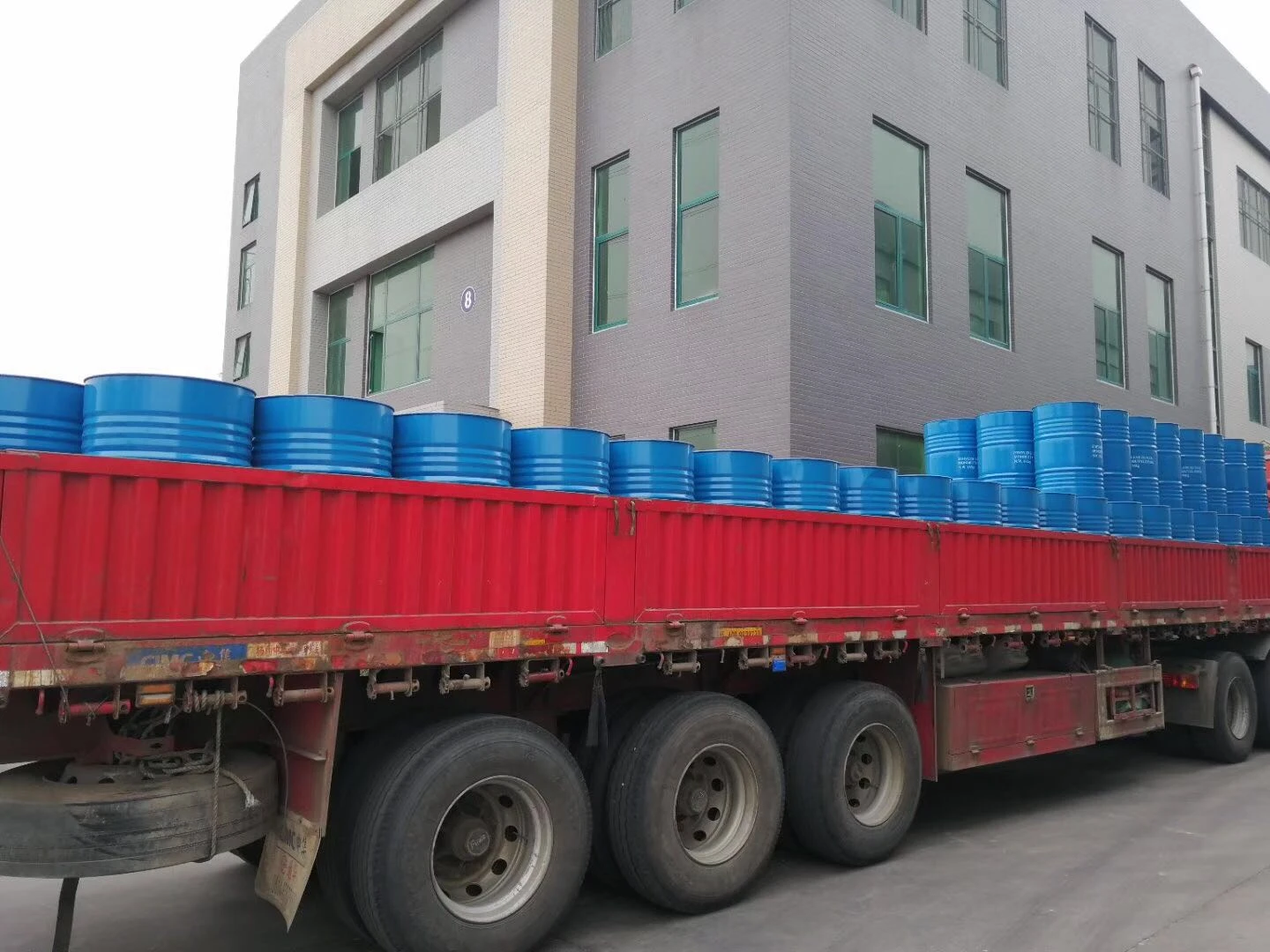The Versatile Applications of Polyacrylamide
Polyacrylamide (PAM) is a synthetic polymer derived from acrylamide monomers. Due to its unique properties, which include high water solubility and gel-forming capabilities, PAM has become a widely utilized material across various industries. This article explores the diverse applications of polyacrylamide, emphasizing its importance in water treatment, agriculture, oil recovery, and biomedical fields.
Water Treatment
One of the most significant applications of polyacrylamide is in water treatment processes. PAM is employed as a flocculant, a substance that promotes the agglomeration of particles, aiding in the removal of suspended solids from water. In municipal water treatment, polyacrylamide helps enhance the clarity of drinking water by facilitating the sedimentation of particles that cause turbidity. Industrial plants also use PAM to treat wastewater, as it effectively separates contaminants from water, ensuring compliance with environmental regulations. Its ability to form hydrogel networks makes PAM particularly effective in reducing the concentration of pollutants in effluents before they are discharged into natural water bodies.
Agriculture and Soil Management
In agriculture, polyacrylamide is increasingly recognized for its role in enhancing soil quality and water retention. The use of PAM in soil management practices helps improve the structure of soil, promoting better aeration and root penetration. As a soil conditioner, PAM can retain moisture, reducing the frequency of irrigation and thus saving water resources. Its ability to reduce soil erosion by holding soil particles together further underscores its importance in sustainable farming practices. Farmers are increasingly using PAM to increase crop yields and improve the sustainability of agricultural practices.
polyacrylamide uses

Oil Recovery
The oil industry also benefits significantly from polyacrylamide applications. Enhanced Oil Recovery (EOR) techniques often employ PAM as a part of polymer flooding processes. In this context, polyacrylamide enhances the viscosity of water injected into oil reservoirs, improving the displacement of oil from porous rock formations. This method helps increase the efficiency of oil extraction, enabling companies to recover more oil while minimizing environmental impact. The use of PAM in EOR also extends the lifespan of oil wells and reduces the need for drilling new ones, contributing to more sustainable resource management practices in the energy sector.
Biomedical Applications
Polyacrylamide’s versatility extends into the biomedical field, where it is used in various applications, including drug delivery, tissue engineering, and as a component in hydrogels. PAM-based hydrogels are utilized for controlled drug release, allowing for targeted therapies and reduced side effects. In tissue engineering, polyacrylamide can serve as a scaffold for cell growth, providing an ideal environment for tissues to develop. Its biocompatibility and ability to mimic natural extracellular matrices make it an attractive option for researchers working to develop new medical treatments and regenerative therapies.
Conclusion
The diverse applications of polyacrylamide highlight its significance across multiple sectors, from water treatment and agriculture to oil recovery and biomedical innovations. As industries face increasing pressures to enhance efficiency and reduce environmental impact, PAM delivers a range of effective solutions. Its properties as a flocculant, soil conditioner, viscosity enhancer, and biocompatible material underscore its versatility and potential for future advancements. Continued research and development may lead to even more innovative uses of polyacrylamide, positioning it as a crucial material in tackling modern challenges across various fields. With its ability to address both environmental sustainability and industrial efficiency, polyacrylamide is poised to remain a critical player in contemporary scientific and industrial landscapes.

